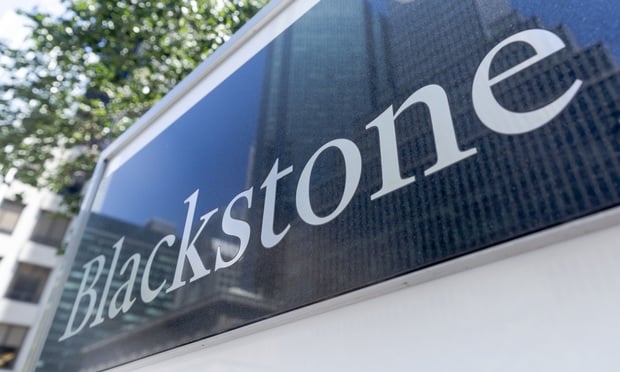Since mid-2021, inflation has reached its fastest pace in four decades. As we enter the second half of 2022, we're seeing inflation deter some borrowers from agency lending towards alternative sources, such as debt funds, bridge funds, community bank loans, and life company loans. These alternative funding sources are becoming more competitive, with favorable terms providing higher proceeds to fund value-add or other investment strategies.
Despite the competition, agency loans are still a favorable option for many borrowers, so Fannie Mae and Freddie Mac continue to fund. Beyond inflation-related concerns, agency lenders may want to be aware of these two factors affecting multi-family borrowers:
New Regulations for Radon Testing & Mitigation
Recommended For You
New Jersey and Colorado have adopted ANSI (American National Standards Institute) / AARST (American Association of Radon Scientists) standards. In Colorado, the change was effective July 1, 2022, and the New Jersey regulations will be effective December 3, 2022. Both states require state specific licensing to be considered a Radon Professional qualified to conduct testing and perform mitigation. Additionally, these states will require sampling of 100% of ground-contact units plus 10% sampling from upper floors for multifamily properties. Colorado and New Jersey join seven other states that already adopted ANSI/AARST standards for multifamily properties: Minnesota, Iowa, Indiana, Illinois, Ohio, Pennsylvania, and Maine. Some states have exemptions to the process and guidance. Reach out to your due diligence provider to see if your property is eligible for those exemptions.
ANSI/AARST national consensus Radon Standards of Practice are utilized by numerous federal and state agencies, such as the Department of Housing and Urban Development (HUD) and the Environmental Protection Agency (EPA). A national consensus standard for every building type can be found here.
California SB-721 Deadline Approaching
Owners of multifamily buildings in California must comply with SB-721 by January 2025. California Senate Bill 721, commonly referred to as the Balcony Bill, was signed into law in 2018. SB-721 was enacted after a balcony collapse in Berkeley, California, caused the death of six students and serious injuries to seven others. The law applies to multifamily buildings of three units or more and requires inspection and retrofitting of Exterior Elevated Elements (EEE) such as balconies, decks, staircases and walkways. Building owners must engage an engineer, architect or other qualified provider to assess a portion of EEE to identify immediate threats and recommended actions. For all affected buildings, the first inspection must be completed before January 1, 2025. Specific timelines for reporting, permitting and repair apply, and subsequent reviews are required every six years. More detail on SB-721 can be found here.
Finally, some may question whether agency lenders will meet the 2022 lending caps. In October 2021, the Federal Housing Finance Agency (FHFA) increased the multifamily loan purchase caps for each entity, for a combined total of $156 billion to support the multifamily market. In addition to the caps, FHFA also mandated that 50% of the loan volume had to be mission driven affordable housing or other mission-oriented business. This ensured a strong focus on affordable housing and traditionally underserved markets. Over the last few weeks, we have noticed an uptick in Fannie/Freddie lending activity, with agency loans becoming slightly more competitive in response to market pressure and further driven by the need to meet the cap. Given this recent trend, we do expect that the 2022 caps will be met.
© 2025 ALM Global, LLC, All Rights Reserved. Request academic re-use from www.copyright.com. All other uses, submit a request to [email protected]. For more information visit Asset & Logo Licensing.








